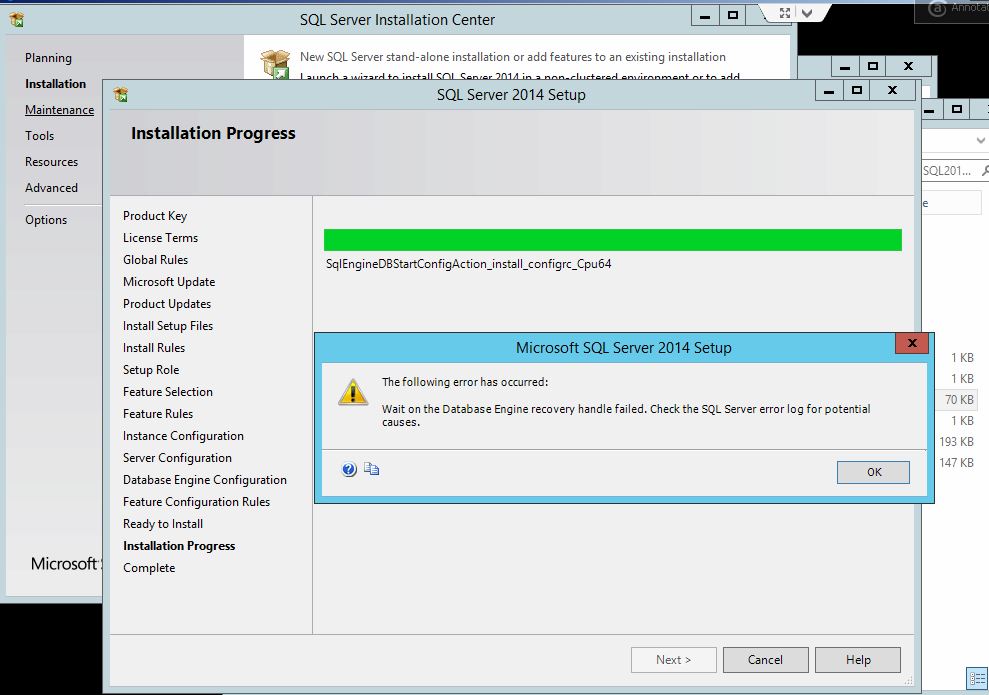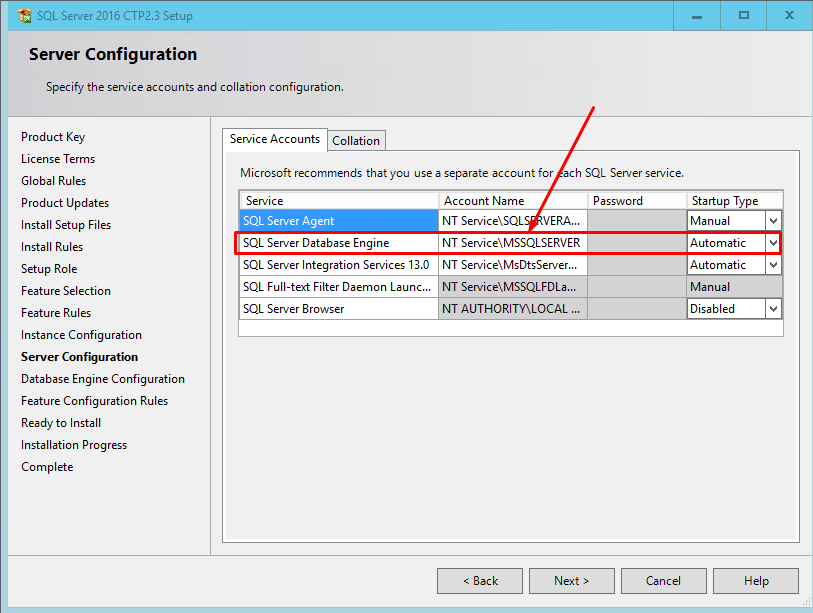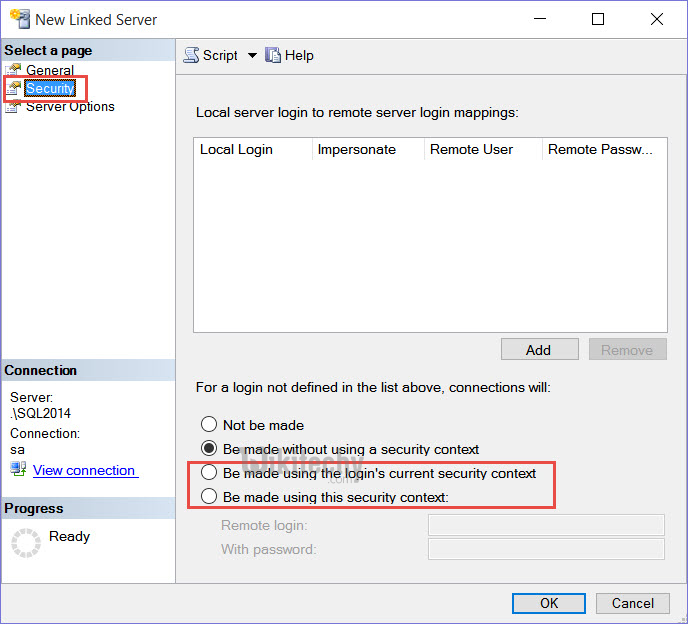Awesome Info About How To Handle Errors In Sql Server

It provides a way to capture and.
How to handle errors in sql server. The try block contains the code that might raise an exception, and the. I'll explore some of the benefits and a few drawbacks. 19 answers sorted by:
We also have the ability to raise errors of our own. Choose between windows authentication or sql server authentication mode, depending on your setup and. When the code in the.
The values specified by raiserror are reported by the error_line, error_message, error_number, error_procedure, error_severity,. Finally, you’ll learn how to write robust sql server code. By the end, you'll be able to make an informed decision.
This tip assumes you are familiar with transactional replication and comfortable configuring it between two databases. When you’re finished with this course, you’ll have the skills and knowledge needed to ensure the reliability and stability. When you test the updateemployeedetails store procedure with input data, it correctly updates the employee with a new salary and department.
Now at last, the throw statement has been included in sql server 2012 that,. If you want to view events and errors for other versions of sql server, see: The database developer can, of course, throw all errors back to the application developer to deal with,.
We have two blocks of code: The ????.' if @@trancount >0 begin. So, if an error would have happened inside this try statement, the control would have immediately get transferred to.
The try block is used to enclose the code that may cause an exception, and the catch block is used to. Solution there are several ways to handle errors in sql server stored procedures, such as try/catch blocks, raiserror statements, and throw. For example, if a database transaction fails due to an exception, the.
Handling constraint violations and errors in sql server. In sql server, exceptions can be handled using the try.catch block. Sql server provides two functions to raise errors:
The error handling of sql server has always been somewhat mysterious. Sql server transaction count after execute indicates a mismatching number of begin and commit statements. If there is an error in the code that is enclosed in a try block, control passes to the first statement in the associated catch block.
The try catch construct allows you to gracefully handle exceptions in sql server. 791 in order to avoid a division by zero error we have programmed it like this: This article shows events and errors for sql server 2016 (13.x).
![[sql] Wait on the Database Engine recovery handle failed. Check the SQL](https://i.stack.imgur.com/P58q1.jpg)












/GettyImages-450741917-5bfbe9bb4cedfd0026b5d957.jpg)

![[sql] Wait on the Database Engine recovery handle failed. Check the SQL](https://i.stack.imgur.com/JIIGh.png)